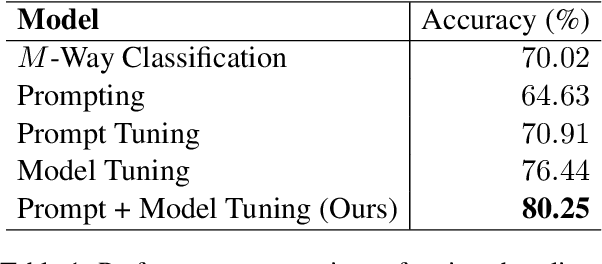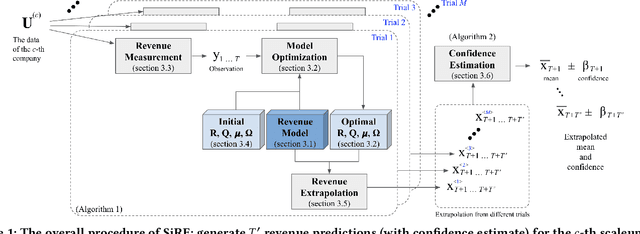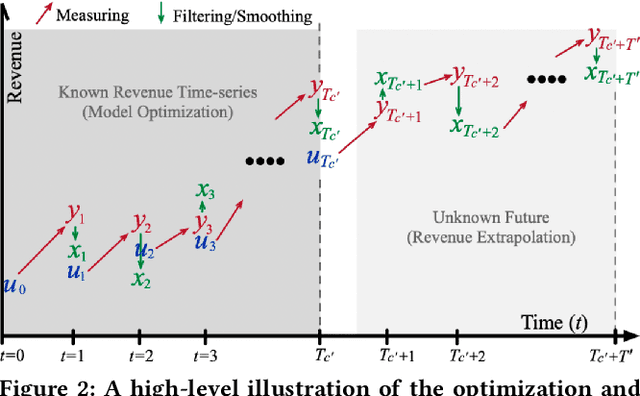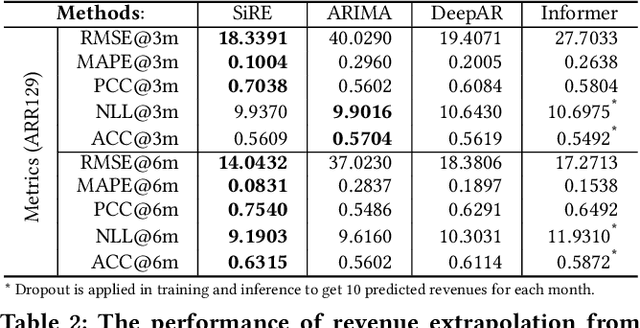Richard Anselmo Stahl
CompanyKG: A Large-Scale Heterogeneous Graph for Company Similarity Quantification
Jun 18, 2023



Abstract:In the investment industry, it is often essential to carry out fine-grained company similarity quantification for a range of purposes, including market mapping, competitor analysis, and mergers and acquisitions. We propose and publish a knowledge graph, named CompanyKG, to represent and learn diverse company features and relations. Specifically, 1.17 million companies are represented as nodes enriched with company description embeddings; and 15 different inter-company relations result in 51.06 million weighted edges. To enable a comprehensive assessment of methods for company similarity quantification, we have devised and compiled three evaluation tasks with annotated test sets: similarity prediction, competitor retrieval and similarity ranking. We present extensive benchmarking results for 11 reproducible predictive methods categorized into three groups: node-only, edge-only, and node+edge. To the best of our knowledge, CompanyKG is the first large-scale heterogeneous graph dataset originating from a real-world investment platform, tailored for quantifying inter-company similarity.
A Scalable and Adaptive System to Infer the Industry Sectors of Companies: Prompt + Model Tuning of Generative Language Models
Jun 05, 2023



Abstract:The Private Equity (PE) firms operate investment funds by acquiring and managing companies to achieve a high return upon selling. Many PE funds are thematic, meaning investment professionals aim to identify trends by covering as many industry sectors as possible, and picking promising companies within these sectors. So, inferring sectors for companies is critical to the success of thematic PE funds. In this work, we standardize the sector framework and discuss the typical challenges; we then introduce our sector inference system addressing these challenges. Specifically, our system is built on a medium-sized generative language model, finetuned with a prompt + model tuning procedure. The deployed model demonstrates a superior performance than the common baselines. The system has been serving many PE professionals for over a year, showing great scalability to data volume and adaptability to any change in sector framework and/or annotation.
Simulation-Informed Revenue Extrapolation with Confidence Estimate for Scaleup Companies Using Scarce Time-Series Data
Aug 23, 2022



Abstract:Investment professionals rely on extrapolating company revenue into the future (i.e. revenue forecast) to approximate the valuation of scaleups (private companies in a high-growth stage) and inform their investment decision. This task is manual and empirical, leaving the forecast quality heavily dependent on the investment professionals' experiences and insights. Furthermore, financial data on scaleups is typically proprietary, costly and scarce, ruling out the wide adoption of data-driven approaches. To this end, we propose a simulation-informed revenue extrapolation (SiRE) algorithm that generates fine-grained long-term revenue predictions on small datasets and short time-series. SiRE models the revenue dynamics as a linear dynamical system (LDS), which is solved using the EM algorithm. The main innovation lies in how the noisy revenue measurements are obtained during training and inferencing. SiRE works for scaleups that operate in various sectors and provides confidence estimates. The quantitative experiments on two practical tasks show that SiRE significantly surpasses the baseline methods by a large margin. We also observe high performance when SiRE extrapolates long-term predictions from short time-series. The performance-efficiency balance and result explainability of SiRE are also validated empirically. Evaluated from the perspective of investment professionals, SiRE can precisely locate the scaleups that have a great potential return in 2 to 5 years. Furthermore, our qualitative inspection illustrates some advantageous attributes of the SiRE revenue forecasts.
 Add to Chrome
Add to Chrome Add to Firefox
Add to Firefox Add to Edge
Add to Edge